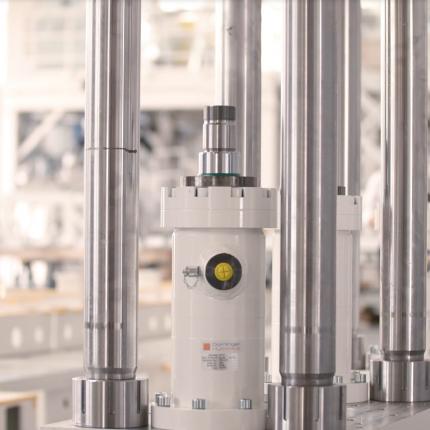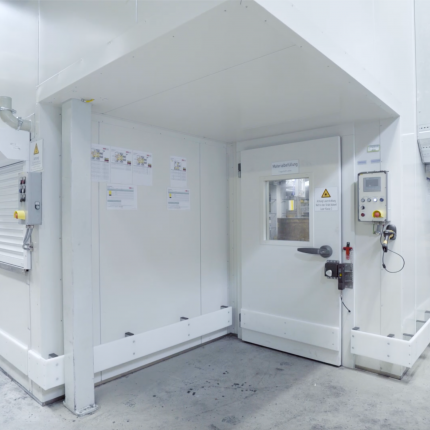Redox flow battery
Redox flow batteries are a type of battery that relies on the use of liquid electrolytes. This sets them apart from conventional batteries, which use solid electrolytes. There are two main types of redox flow batteries: bipolar plate batteries and monoplate batteries.
Bipolar plate batteries use two plates, one positive and one negative, separated by a liquid electrolyte. This allows for higher energy density and longer lifespan, as the plates do not come into contact with each other, resulting in less wear.
On the other hand, monoplate batteries only use one plate that is both positive and negative, resulting in lower energy density and shorter lifespan as the plate wears out faster.
There are different manufacturing methods for redox flow batteries. One of them is the membrane electrode assembly (MEA) manufacturing, where the electrodes and the membrane that separates the plates are produced in a single unit. Another method is the separate manufacturing of electrodes and the membrane, where the electrodes and the membrane are produced separately and then joined together.
Newer technologies such as 3D printing and graphene-based electrodes are also being used in the development of redox flow batteries to improve performance and lifespan.
IAG is collaborating with partner organizations to develop project-specific solutions for the mass production of graphite plates.




